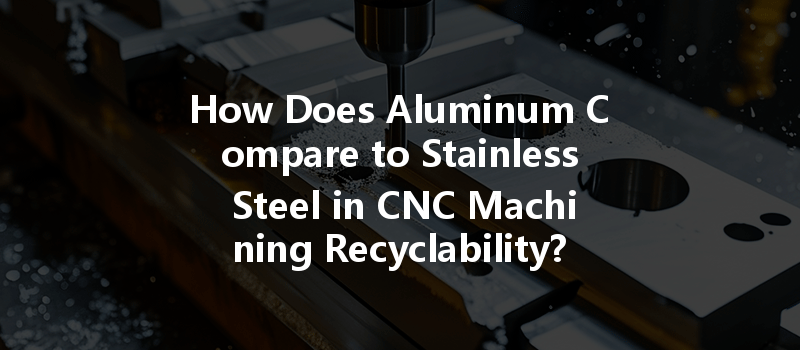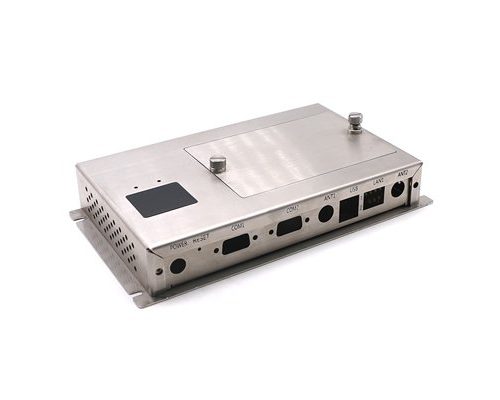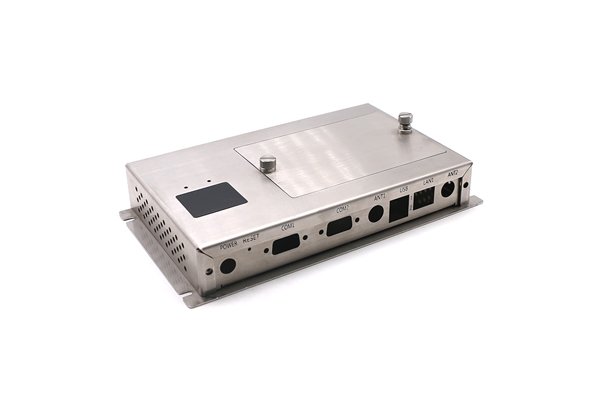By YL Machining
In a world increasingly driven by sustainability, the choice of materials for CNC processing has profound implications for both the environment and the economy. As industries worldwide confront the pressing challenges of climate change and natural resource depletion, two materials stand out in the manufacturing sector: aluminum alloys and stainless steel. YL Machining is committed to not just excellence in production but also due diligence toward environmental stewardship. In this article, we will explore the recyclability of aluminum alloy and stainless steel in CNC machining, offering a comprehensive analysis that equips readers to make informed choices.
—
1.1 What is CNC Machining?
Computer Numerical Control (CNC) machining represents a revolutionary shift in manufacturing processes, allowing for precise and repeatable movements of machinery through computer programming. It gives manufacturers the capability to produce highly complex parts and assemblies with unparalleled accuracy. As industries demand high-quality, cost-effective solutions, CNC machining has become the gold standard in manufacturing.
1.2 Importance of Material Selection
The choice of material in CNC machining impacts not only the efficiency and performance of produced parts but also the ecological footprint of manufacturing processes. Therefore, a thorough understanding of the recyclability of the materials involved becomes pivotal in thriving in a sustainable economic landscape.
2.1 Defining Recyclability
Recyclability refers to the ease and effectiveness with which materials can be collected, processed, and repurposed into new products after their initial use. Several factors determine the recyclability of a material, including its chemical properties, the technology available for recycling it, and the infrastructure in place for collection and processing.
2.2 The Significance of Material Recyclability
The significance of material recyclability cannot be overstated. Recycling conserves natural resources, reduces energy consumption, and diminishes environmental pollution. By focusing on materials that are highly recyclable, manufacturers can transition toward a circular economy, where waste is minimized and resources are continuously reused.
3.1 Overview of Aluminum Alloys

Aluminum alloys are versatile materials used widely in aerospace, automotive, and construction industries due to their light weight, strength, and resistance to corrosion. Their recyclability is a compelling advantage, making them an eco-conscious choice for CNC machining.
3.2 Recycling Process and Statistics
The recycling process for aluminum alloys begins with collection, followed by shredding, melting, and purification. According to the Aluminum Association, more than 75% of all aluminum ever produced is still in use today, thanks to its recyclability.
The energy required to recycle aluminum is around 5% of that needed to produce new aluminum from ore, emphasizing its energy efficiency.
3.3 Benefits of Recycling Aluminum
4.1 Overview of Stainless Steel
Stainless steel is renowned for its durability, strength, and resistance to rust and corrosion, making it a popular choice in various applications, from kitchenware to industrial machinery. However, its recyclability is equally impressive.
4.2 Recycling Process and Statistics
The recycling of stainless steel involves the collection of scrap, followed by sorting, shredding, melting, and refining. According to the International Stainless Steel Forum (IMF), around 85% of stainless steel is recycled at the end of its life, showcasing its great adaptability.
4.3 Benefits of Recycling Stainless Steel
5.1 Energy Consumption in Recycling
Aluminum alloys require considerably less energy to recycle compared to stainless steel, making them a more energy-efficient materials choice. Recycling aluminum needs only 5% of the energy necessary for new production, whereas stainless steel recycling consumes about 60% of the energy compared to its primary production.
5.2 Emissions and Environmental Impact
The environmental impact of CNC machining can vary based on the material used. Generally, aluminum provides a lower carbon footprint in the recycling phase than stainless steel. The emissions related to energy consumption during the recycling process are significantly lower for aluminum, contributing to its reputation as an eco-friendlier choice.
5.3 Material Quality Post-Recycling
Both aluminum and stainless steel retain their material properties after recycling; however, the processes can vary. Aluminum retains high structural quality, while stainless steel recycling may require additional processing steps to achieve the same level of quality, particularly if the recycled stainless steel is mixed with different grades.
6.1 Contamination Issues
A significant challenge for both aluminum and stainless steel recycling is contamination. Contaminants such as oils, metals, and other waste materials can affect the overall quality of recycled materials and complicate processing efforts.
6.2 Economic Viability of Recycling
Economic factors can also complicate choices in material selection for CNC processing. The global market price fluctuation of these metals can affect the financial feasibility of recycling efforts. Nonetheless, long-term benefits still favor recycling when balanced with environmental costs.
7.1 Industry Leaders in Aluminum Recycling
Some industry leaders like Alcoa and Novelis have integrated sustainable practices and set benchmarks for recycling aluminum. Their initiatives encourage innovations like closed-loop recycling systems, where scrap metal from new product manufacturing is reused.
7.2 Successful Stainless Steel Recycling Programs
Companies such as Outokumpu are paving the way in efficiently managing stainless steel recycling. By employing smart technology to sort and purify scrap metal, they have vastly improved the recycling process, yielding high-quality materials suitable for various applications.
8.1 Innovations in Recycling Technologies
The future of CNC processing lies in the hands of innovative technologies that streamline recycling processes for both aluminum and stainless steel. From new sorting technologies to enhanced purification methods, advancements promise to bolster efficiency and quality in recycled materials.
8.2 The Role of Policymaking
Policymakers play a crucial role in shaping the manufacturing landscape by encouraging the adoption of sustainable practices and fostering advancements in recycling technologies. Compliance with laws and regulations can incentivize businesses to embrace eco-friendly materials for CNC machining.
9.1 Best Practices for Companies
Companies must consider both the environmental impact and economic viability while selecting materials for CNC processing. Investing in recyclable materials not only reduces waste but also enhances brand reputation among increasingly eco-conscious consumers.
9.2 YL Machining’s Commitment to Sustainability
At YL Machining, our commitment to sustainability drives us to continuously explore ways to minimize the ecological impact of our operations. By focusing on high-quality, recyclable materials like aluminum alloys and stainless steel, we aim to protect our planet while delivering unparalleled manufacturing excellence.
—



